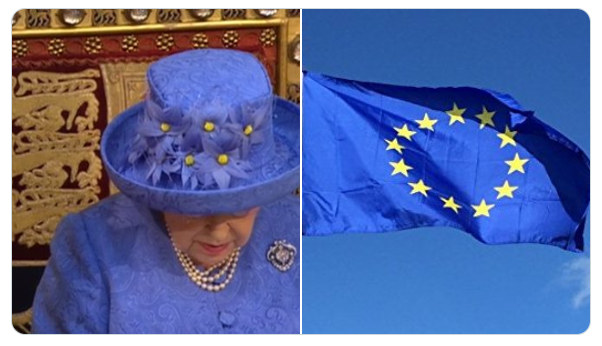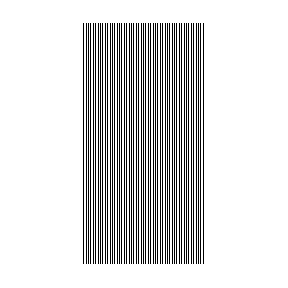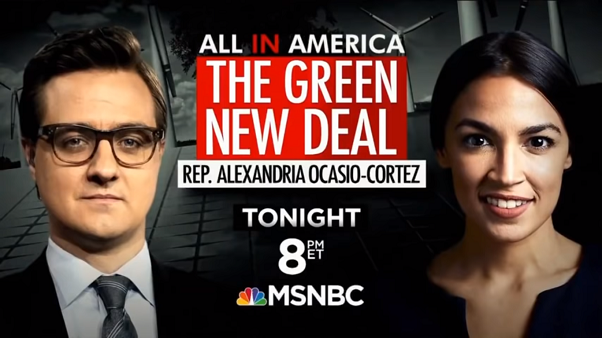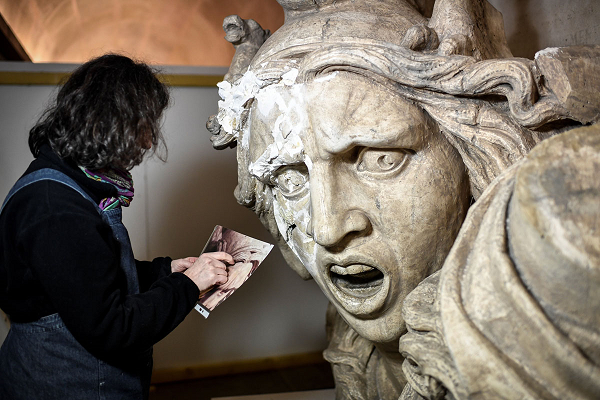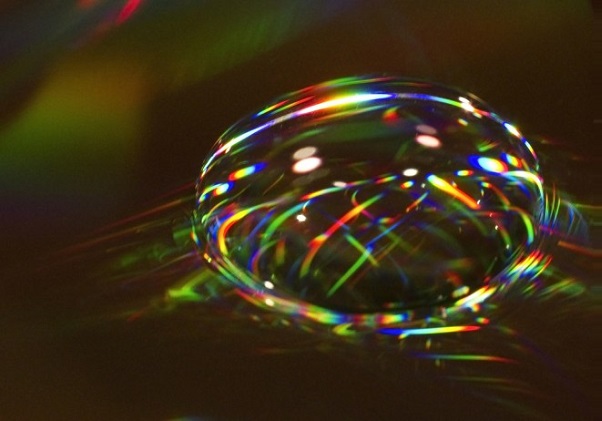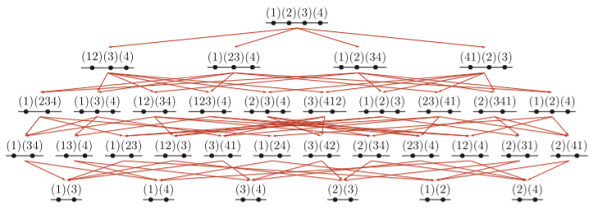Angels and the Quest for ExtraTerrestrial intelligence [QETI]
Sunday, November 10th, 2019[ by Charles Cameron — from my POV, quests are more interesting than searches ]
.
Jibreel — we’ll get to him later:
**
Okay. I was reading a New Yorker article about the Search for ExtraTerrestrial Intelligence (SETI), and came across a phrase that stopped me short:
Judging by their sizes and temperatures, many of these exoplanets could be capable of supporting life.
That’s from Intelligent Ways to Search for Extraterrestrials by Adam Mann, and it strikes me as astonishingly short-sighted for a piece that hopes for more intelligent ways to search for ETs than looking for radio signals. The piece begins:
Suppose you’re a space-faring alien society. You’ve established colonies on a few planets and moons in your solar system, but your population is growing and you’re running out of space. What should you do? Your brightest engineers might suggest a radical idea: they could disassemble a Jupiter-size planet and rearrange its mass into a cloud of orbiting platforms that encircles your sun. Your population would have ample living area on or inside the platforms; meanwhile, through solar power, you’d be able to capture every joule of energy radiating from your star.
Does an alien intelligence really have to have a “population”? With “engineers”? Do you suppose they have Coors, too?
**
I’m interested in Rilke‘s angels, as described in the Duino Elegies:
Angels (they say) don’t know whether it is the living they are moving among, or the dead.
The eternal torrent whirls all ages along in it, through both realms forever,
The year before he died, Rilke wrote to his translator Witold Hulewicz:
The Angel of the elegies has nothing to do with the angels of the christian heaven (rather with the angelic figures of Islam).
Further, from the point of view of Rilke‘s angels:
all the towers and palaces of the past are existent because they have long been invisible, and the still-standing towers and bridges of our reality are already invisible, although still (for us) physically lasting. . . . All the worlds in the universe are plunging into the invisible as into their next-deeper reality
IMO, Rilke’s angels are intelligent, and just a tad alien, no?
Or consider Muhammad‘s angel Jibreel, whom the Prophet saw at the horizon of the humanly knowable, near the place of repose — one report describes him thus:
The Messenger of Allah (may Allah exalt his mention) saw Jibreel in his true form. He had six hundred wings, each of which filled the horizon, and there were multi-coloured pearls and rubies falling from his wings.
Muhammad was apparently in contact — why not us? And what would be a “more rational way to scan the heavens” (quoting the New Yorker subtitle here) for such a being?
**
But ETs wouldn’t have to be “spiritual” or even “poetic” entities to be of interest to those looking for other intelligences.
What if galaxies (or galaxies plus) are intelligent entities, and we’re in the middle — well, out on a spiral arm — of one, ourselves? What if our planet’s just going from 1 to 0? What if there’s an intelligence that sees time as we see a snake — rattle at the tail end, forked tongue at the beginning?
I’m no physicist, so I’m on firmer ground with Rilke and Muhammad than I am with Bohr or Bohm or Everett, let alone David Deutsch.
**
In Intelligent Ways to Search for Extraterrestrials we read:
In 1623, Johannes Kepler wrote that, through his telescope, he had observed towns with round walls on the moon. In 1877, Giovanni Schiaparelli reported seeing what might have been massive canals on Mars. The same year that Dyson described his spheres, the astrophysicist Frank Drake started Project Ozma, an attempt to detect radio signals from aliens living around two nearby stars—the first modern experiment in the enterprise now known as the search for extraterrestrial intelligence, or seti. Like his forebears, Drake was influenced by his times: he was born during the golden age of radio. Kepler spent his days in walled European cities; Schiaparelli witnessed a worldwide canal-building spree. Their efforts were simultaneously cosmic and provincial. It’s hard to say anything about organisms on other worlds that doesn’t reflect life on ours.
So if we’re influenced by our times, what will we see? Extraterrestrial advertising? I think it depends on the window of imagination that we possess — and a whole lot of our imagination goes to “space” as the “final frontier”. My imagination is trained inside me, where I find a lifetime’s mystery to explore.
What if D Streatfeild is right, when he writes in Persephone
there exists an inner world, which lies ‘outside’ our personal minds, and in which they are contained in exactly the same way as our bodies are contained in the outer world revealed by the senses
Maybe that’s where a more intelligent search will find Rilke‘s angels?
Not a Search for ExtraTerrestrial Intelligence [SETI], but a Quest for ExtraTerrestrial Intelligence {QETI]. Far more intelligent, if you ask me.

